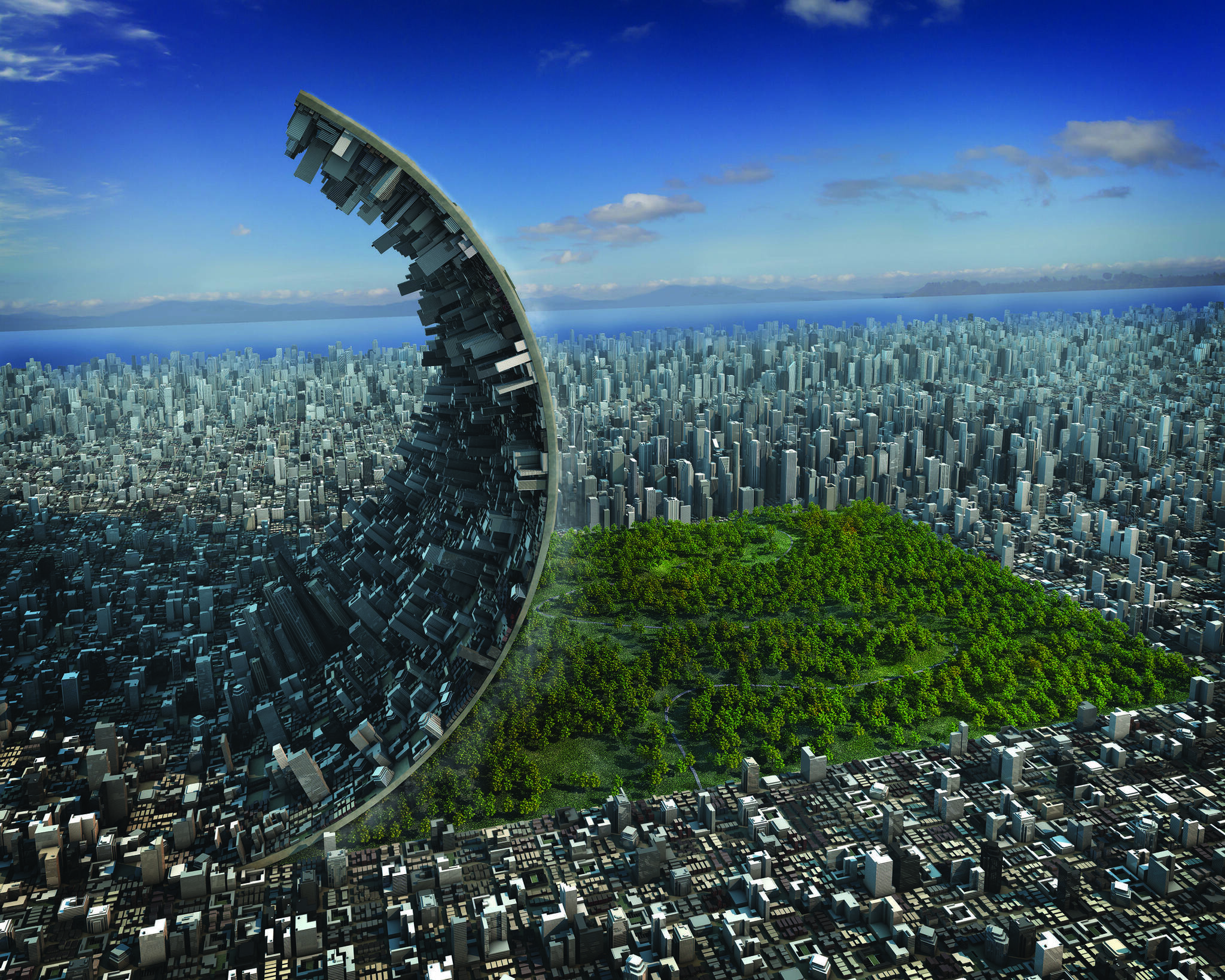Permavoid 85/150
Permavoid 85 and 150 - Product Codes: PVPP85 and PVPP150 Permavoid units are available in two depths, 85mm and 150mm. Both are used to create a g

It’s no secret that urbanisation is on the rise. Pritzker Prize-winning architect, Norman Foster, predicts 70% of the world’s population will be living in towns and cities by 2050.
While this presents a wealth of opportunities for the built environment sector, it places a huge strain on the environment itself. Climate change, air pollution, urban flooding, declining biodiversity and mental health are among the many issues attributed to urban expansion and green infrastructure (GI) has become a vital solution to offset these issues.
GI – an introduction
Natural England describes GI as “a strategically planned and delivered network comprising the broadest range of high-quality green spaces and other environmental features. It should be designed and managed as a multifunctional resource capable of delivering those ecological services and quality of life benefits, required by the communities it serves and needed to underpin sustainability.”
Ultimately, GI aims to enhance, preserve and develop natural spaces and processes, particularly in urban areas. Parks, roof-gardens, ponds, reservoirs, football pitches and private gardens are prime examples. Put simply, they represent elements of the natural world integrating with the urban environment.
Natural England also states GI’s “design and management should also respect and enhance the character and distinctiveness of an area with regard to habitats and landscape types.”
Originally conceived in the mid-1980s, the concept of transforming our grey places into thriving green spaces has started to be embraced by politicians. Government policies such as the clean growth strategy and its 25-year environmental plan have meant the construction industry has had to follow suit. It is no longer acceptable to simply develop. The environmental impact must be taken into account.
Planners, architects, civil engineers and developers are beginning to harness its true potential. After decades of concrete, we are starting to see the next generation of green living emerge. Buildings are increasingly incorporating biophilia – the love of nature – into our towns and cities. And for good reason.
It is big business. Tech giants such as Amazon and Google, for example, have invested heavily in GI to attract and retain talent. Amazon invested $4 billion into futuristic biospheres, which incorporate more than 40,000 plants, tree-house meeting rooms, water features and a five-story living wall at its Seattle office.
Why do we need GI?
As previously mentioned, rapid urban expansion has come at a cost. It has led to growing concerns over our health and wellbeing, and the decline of our natural habitats.
According to research by the University of Leeds, GI also boosts the economy, health and productivity. Unveiling the research in June, lead author Andy Goulson, a professor at the university, said: “As the evidence mounted up, we were struck by the fact that the cities we want – cleaner, healthier, richer – are made possible through climate action.”
In another study, the Land Trust found nine out of 10 people said green spaces played a positive part in their health and wellbeing.
The future looks green
The 15-storey, 420,000ft2 10 Fenchurch Avenue development in London is an example of a property with GI at its heart. Due to open in March 2019, it will boast a striking ‘crown-shaped’ landscaped roof-garden, complete with a restaurant, pergola canopies, water feature, a range of climbing and hanging plants, and walking and seating areas.
Meanwhile, Manchester City Council’s ‘green and blue strategy’ states that “by 2025, high quality, well maintained green and and blue spaces will be an integral part of its neighbourhoods.”
The report adds: “The city’s communities will be living healthy, fulfilled lives, enjoying parks and green spaces and safe green routes for walking, cycling and exercise throughout the city. Businesses will be investing in areas with high environmental quality and attractive surroundings, and will have a healthy, talented workforce to draw on.”
And other cities are following suit. Birmingham, Leeds, Cardiff, Edinburgh and Belfast are among the many committing to increasing green and blue spaces in the coming years.
With the range of tangible benefits delivered by our green spaces, the role of GI will continue to grow. And with the opportunity to help people to live longer, healthier and happier lives – there has never been a more vital time to embrace it.
Permavoid 85 and 150 - Product Codes: PVPP85 and PVPP150 Permavoid units are available in two depths, 85mm and 150mm. Both are used to create a g